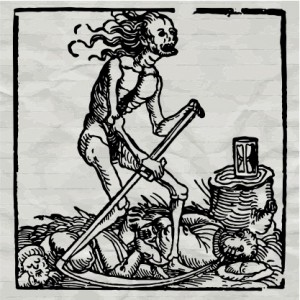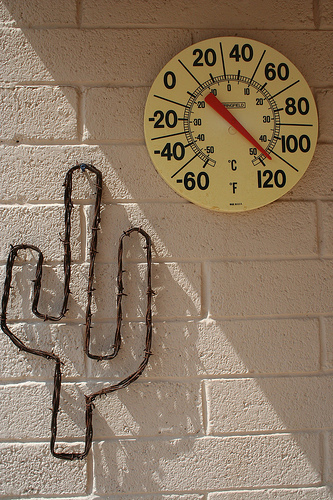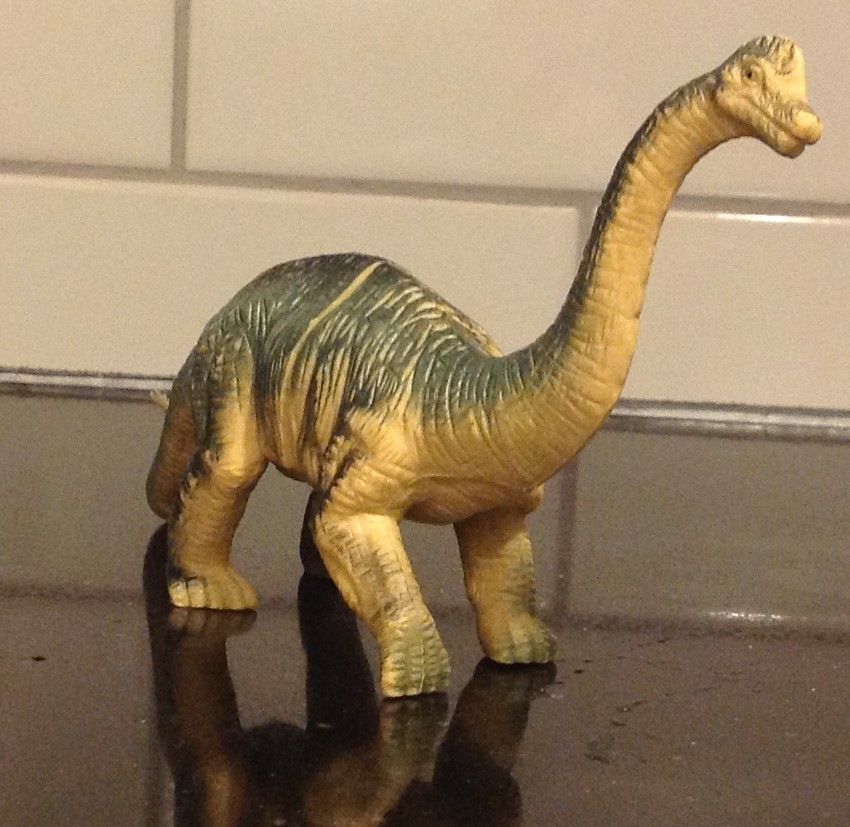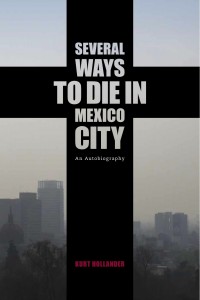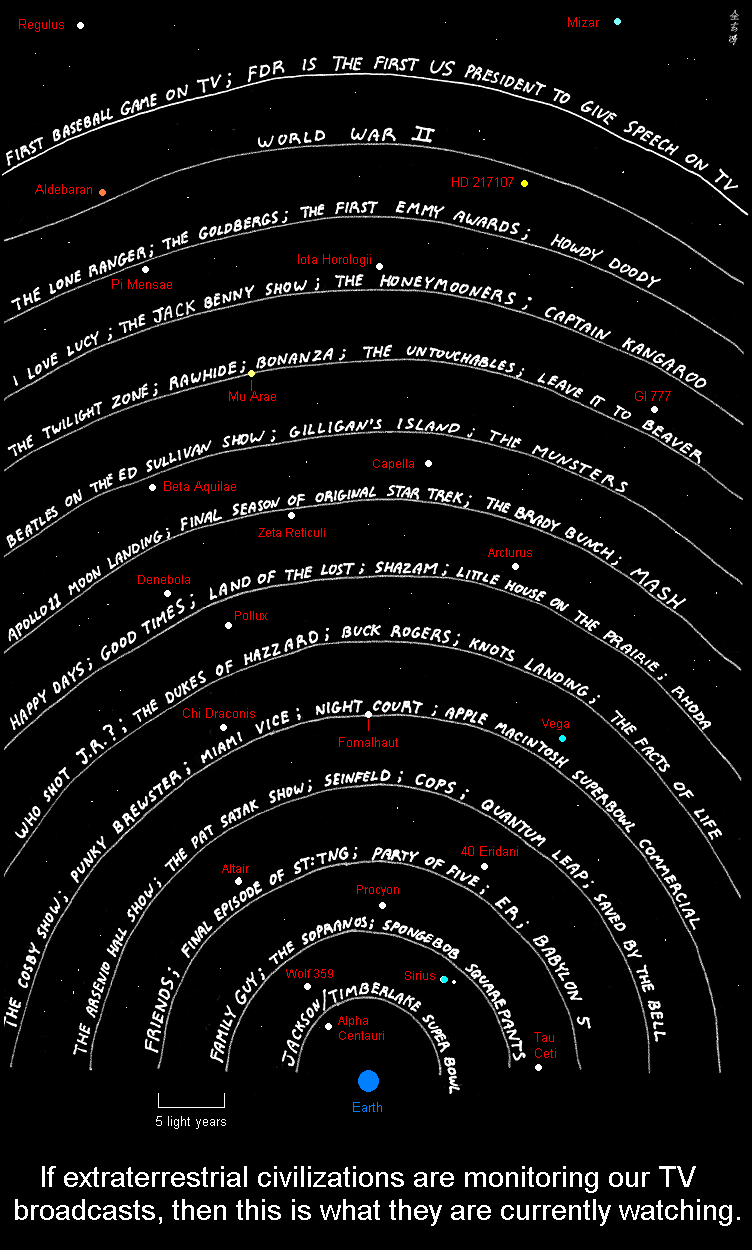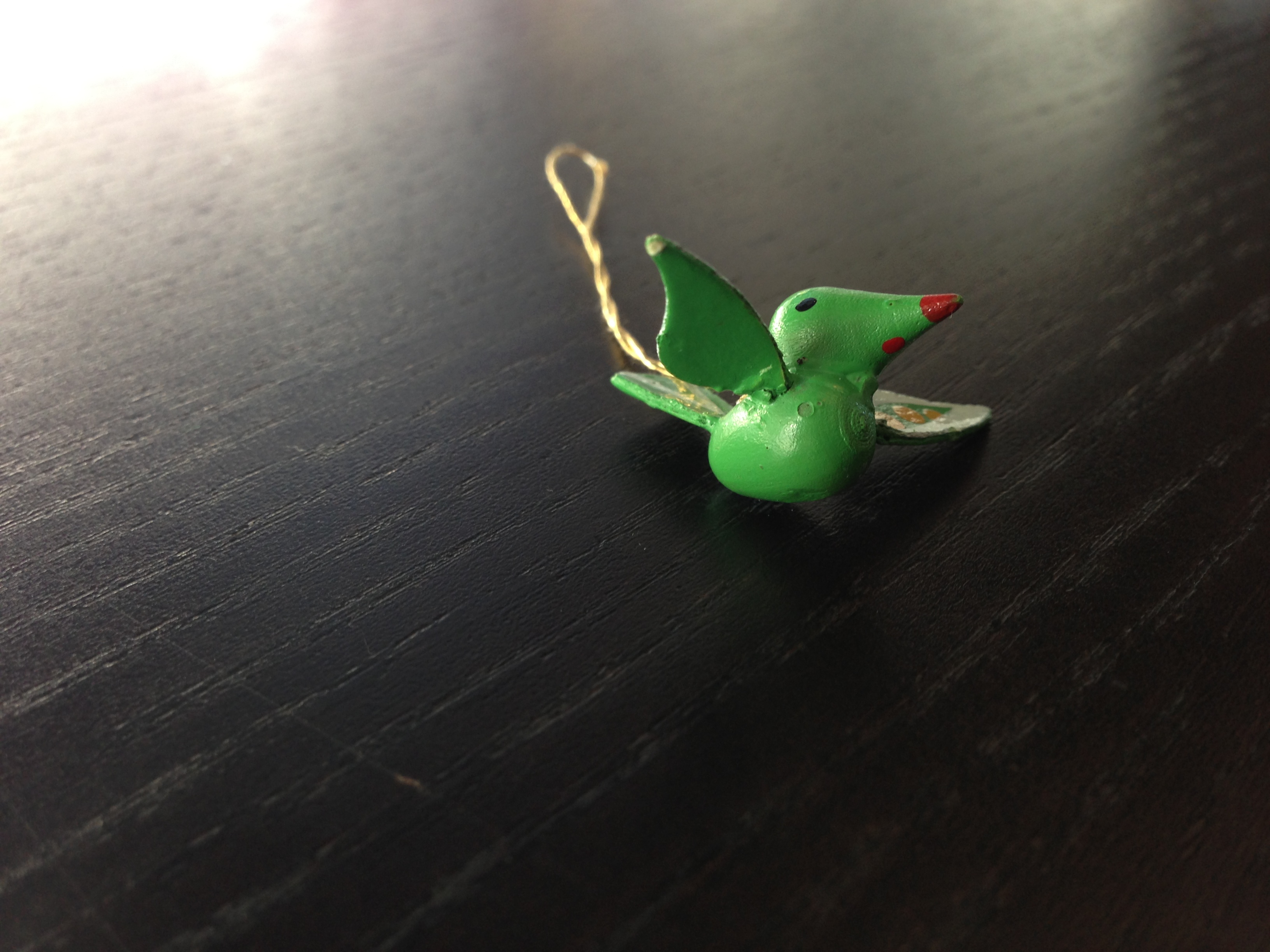This week, Eric showed us why no one does death quite like Mexico;
Abstruse Goose does the math to tell us where in the universe our televised electromagnetic leaks have gotten to;
Cassie examined the complex relationships between scientific breakthroughs, miracle drugs, and the government programs that allow them to save real people;
Tom considers dinosaurs in the bathtub and ponders that “a few evolutionary contingencies one way or another, and you could have had a giant ground sloth for a pet.”
And Heather described how Jyoti Singh — bestowed with the name Damini, or lightning after her violent death — is changing India forever.
